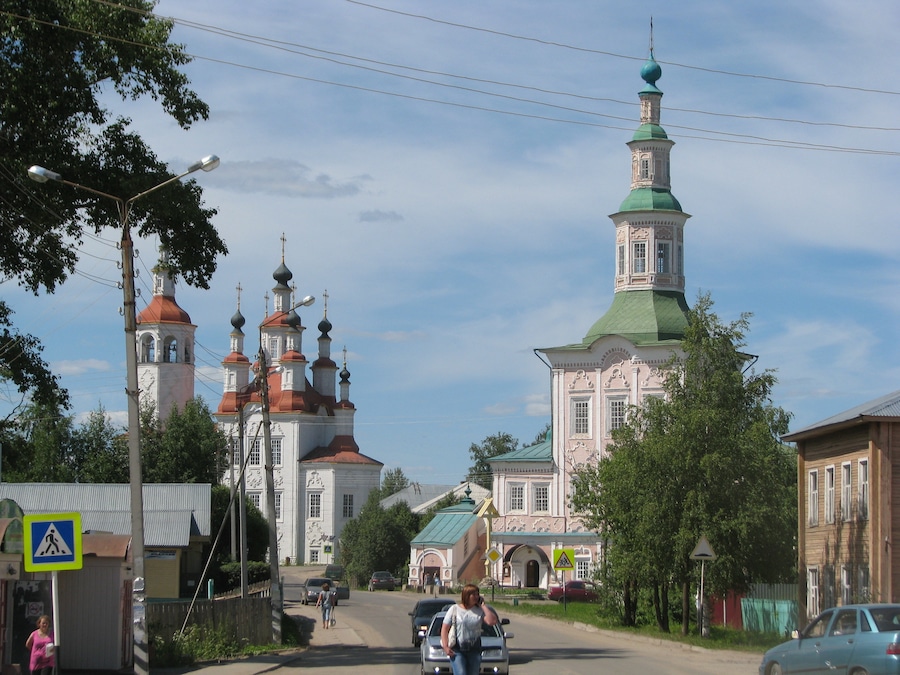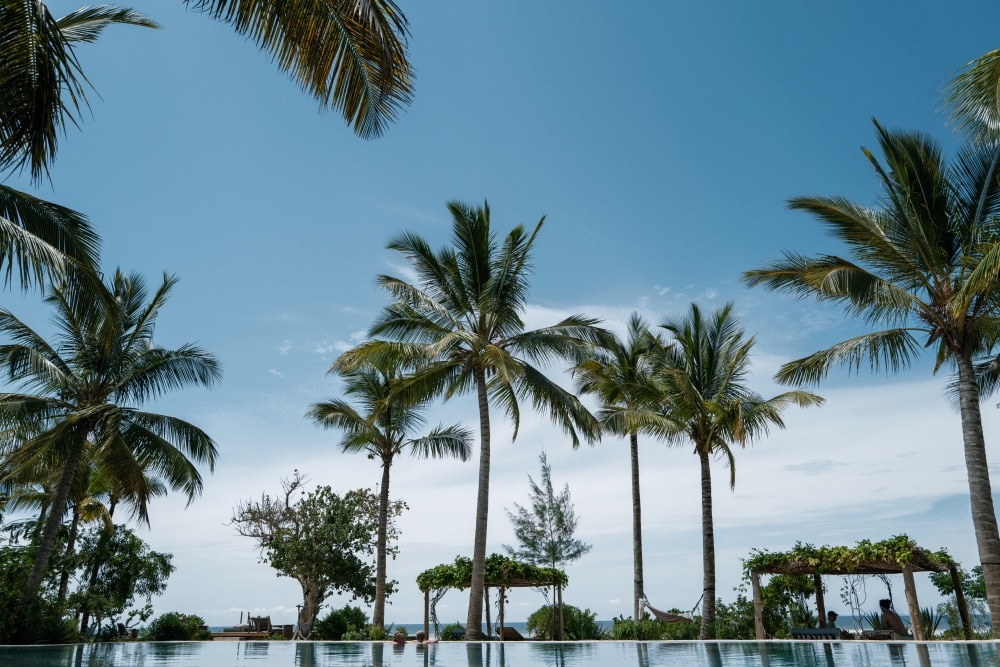Foto di Svetlana Lebedeva
Hotel a Pyatovskoe
- Non preoccuparti se cambi ideaScegli un hotel con cancellazione gratuita.
- Concediti un viaggio specialeAccedi al tuo account e risparmia il 10% o più su migliaia di hotel.
- Trova l’alloggio che fa per teCerca fra un milione di strutture in tutto il mondo.
Controlla i prezzi per queste date
Questa sera
Domani
Questo fine settimana
Il prossimo fine settimana
Hotel a Pyatovskoe: trova i migliori alloggi per il tuo viaggio
Accedi al tuo account e risparmia in media un 15% su migliaia di hotel
Maggiori informazioni su Pyatovskoe
Le cose da fare e da vedere nella zona di Pyatovskoe sono davvero tante: scoprile tutte!

Foto di Svetlana Lebedeva
Foto gratuita di Svetlana Lebedeva
Migliori recensioni hotel nei pressi di Pyatovskoe
Domande frequenti
Scopri un mondo di viaggi con Expedia
Hotel nei pressi di Pyatovskoe, Oblast di Vologda
Ultime tendenze Expedia
Hotel
Generale
- Visita Makhachkala
- Visita Krasnoyarsk
- Visita Taganrog
- Visita Yekaterinburg
- Visita Sochi
- Visita Astrachan'
- Visita Chelyabinsk
- Visita Krasnodar
- Visita Izhevsk
- Visita Petropavlovsk-Kamčatskij
- Visita Kaliningrad
- Visita Charp
- Visita Vladivostok
- Visita Kursk
- Visita Vorkuta
- Visita Irkutsk
- Visita Ulan-Ude
- Visita Saratov
- Visita Ufa
- Visita Novorossijsk
- Visita Rostov-on-Don
- Visita Barnaul
- Visita Yakutsk
- Visita Chabarovsk
![Totma’s founding date is considered to be the year 1137, on the basis of a letter from the Novgorod Prince Svyatoslav Olgovich.
From the 15th century until the 18th century, Totma remained one of the largest salt cities and at one time was also called Posad Salt Totemskaya or Totemskaya Salt. The 17th century becomes the heyday for Totma, as well as for other cities on the North Dvina waterway. Virtually all foreign trade of the Russian state, due to the lack of access to the Baltic Sea, was carried out through Vologda, Totma, Veliky Ustyug and Arkhangelsk, which contributed to the appearance in Totm of courtyards and representative offices of foreign merchants and trade missions. In just one year, from 500 to 1000 ships passed through the city [6]. The trade value of the city, which was strengthened due to the further development of salt mines, allowed Totme to be one of the richest and most important cities of the Russian kingdom. In the second half of the 18th century, a total of expeditions to the east — to Siberia, to the Far East, and to the shores of the Americas — were carried out by the Totmichians — Kholodilovs, Panovs, Cherepanovs, and a number of others. Companies totem merchants outfitted about 20 expeditions into the Pacific. During these expeditions geographical discoveries were recorded, recorded by science in 1755, maps of a number of islands were made. These expeditions exported 1/5 of all fur produced in the Americas for half a century - a record figure among Russian cities [6]. Fur trade brought tangible profits; so, with the money raised in Siberia, the Totem merchants and sailors had the opportunity to build richly decorated and large enough temples for such a small town: Entrance to Jerusalem, Trinity, Rozhdestvensky. In 1785, Empress Catherine II adopted a decree on giving Totme a coat of arms with a black fox on a golden field: “as a sign of the fact that the inhabitants of this city catch these animals in fishing” [6]. Totmichi proved to be active participants of the Russian-American company, mastered the expanses of the Pacific Ocean, discovered a number of Aleutian and Commander Islands [6]. Totmich Ivan Kuskov on the coast of Northern California near Bodega Bay Bay in 1812, Fort Ross Fortress was founded, which became the most southerly point of Russian America.](https://images.trvl-media.com/place/553248635949090602/11903565-18d7-4e74-8aec-f1a4d13d683d.jpg?impolicy=fcrop&w=1200&h=500&q=medium)
